Exploring Ancient Human DNA: Discovering Our Ancestral Origins
Since the human DNA discovery in the 1860s, scientists have been actively trying to reveal the mysteries behind human ancestry.
Over the years, new findings have shed light on our evolutionary history. In 2018, among other disclosures, an impressive study revealed an earlier unknown group of ancient humans. Let’s delve into the curiosities of ancient human DNA and unveil the secrets of our forefathers.
Two 11,500-Year-Old Skeletons Shed Light on Early Humans
In 2018, a groundbreaking archeological discovery revealed the skeletons of two Native American infants. Both were estimated to be 11,500 years old and belonged to the same family.
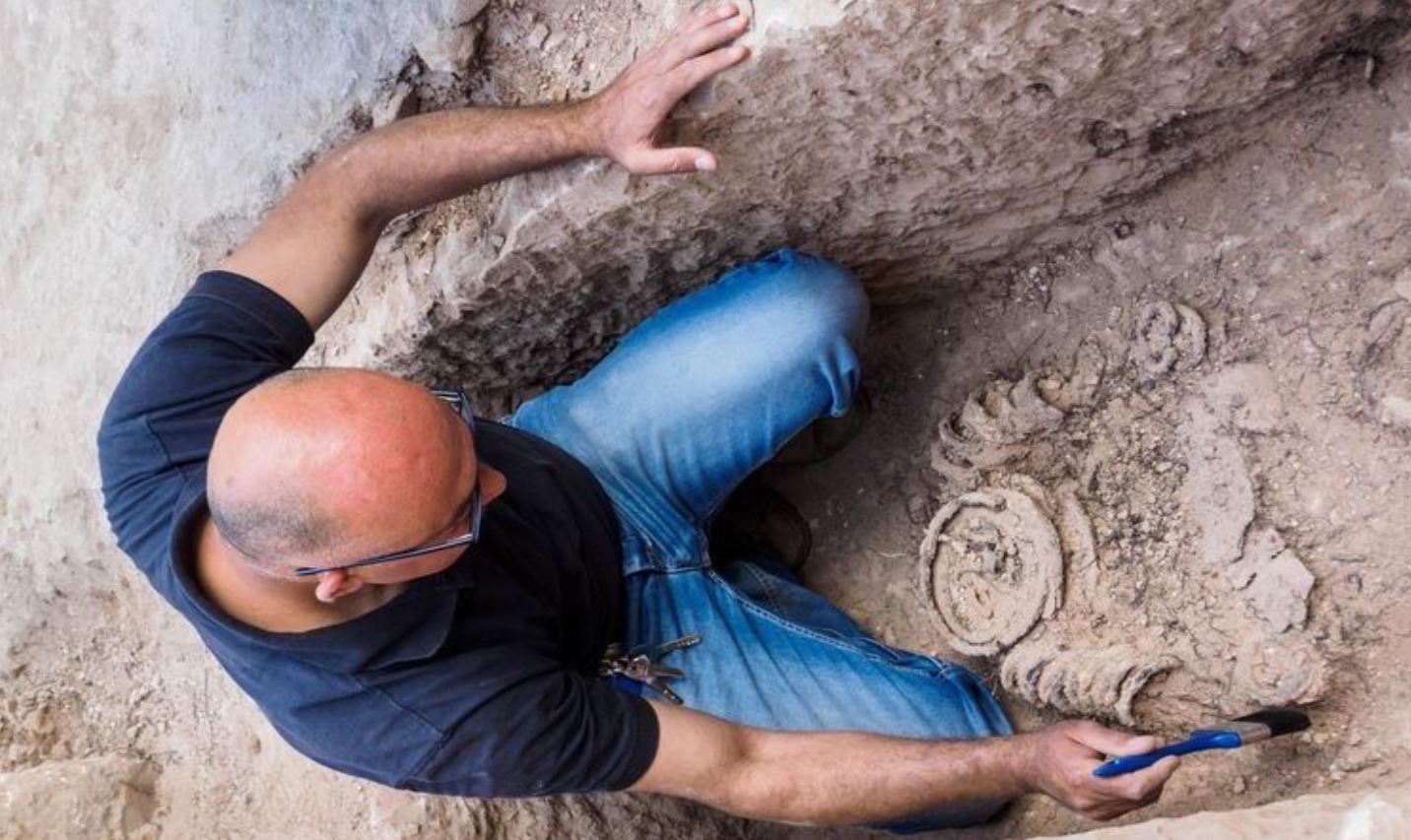
Source: The Archaeologist/ Pinterest
The essence of this discovery cannot be overplayed, as it offers us valuable insights into early human life and transition patterns. In fact, through DNA discovery, scientists have publicized more knowledge about the first humans to ever dwell in North America.
Journey to the Heart of Alaska
Ben Potter, an anthropology professor, embarked on a journey in the Upward Sun River, Alaska, in the early 2000s. Located 50 miles from Fairbanks, this challenging area was home to the ancient humans who traveled across continents.
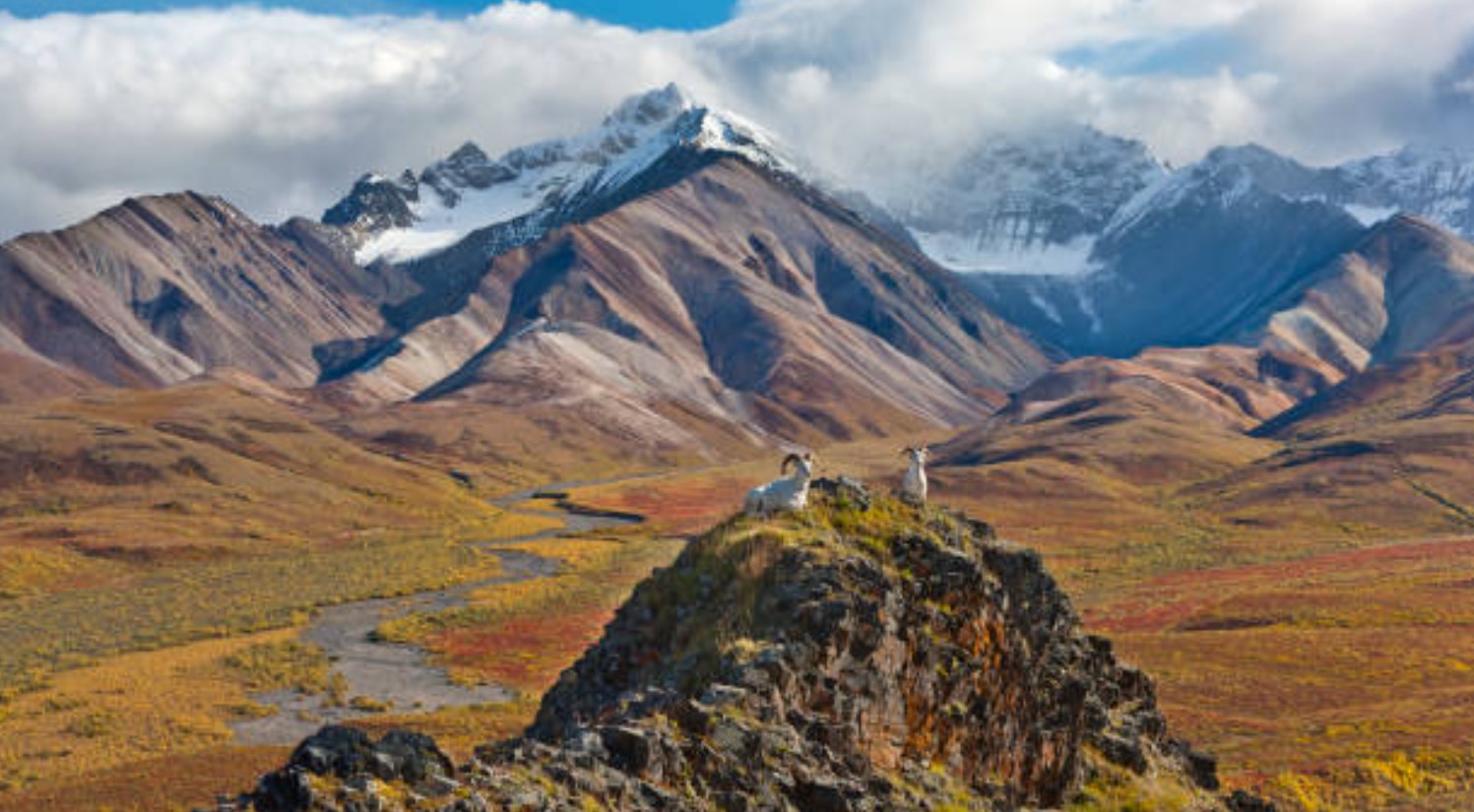
Source: Patrick J Endres/ Getty Images
Thankfully, despite the difficult landscape, Potter proved that the region was once connected to Europe and Africa.
Beringia: The Land Bridge That Shaped Human Migration
As Pangea started separating, some parts of the land still connected the continents, allowing the ancient humans to migrate across the globe.
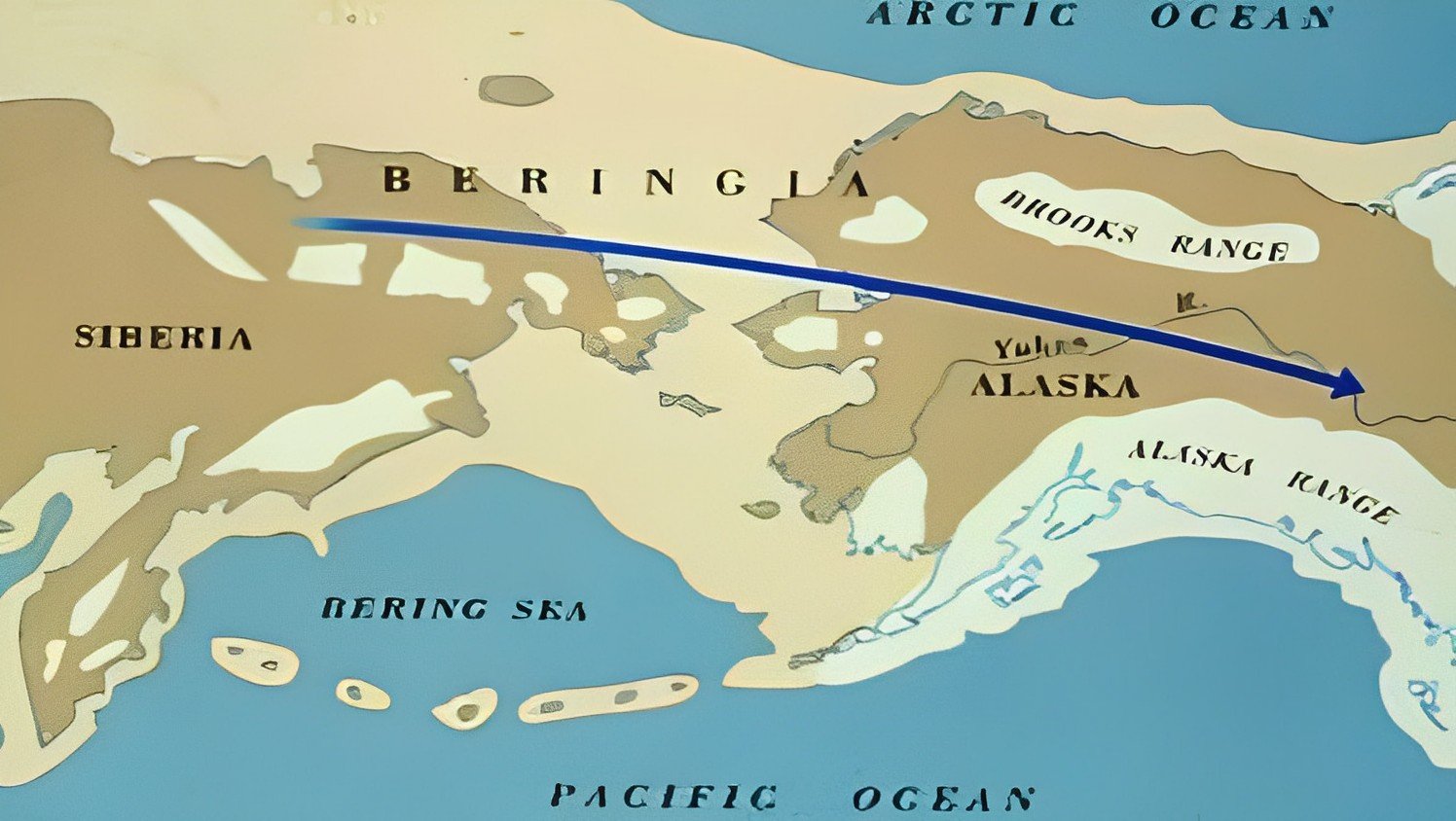
Source: Soccermachine/Pinterest
Evidence shows that Beringia played a significant role, as it connected Siberia and Alaska. This helped in the migration of the first North American humans over 34,000 years ago. It is noteworthy that this was just a theory.
The Beringian Standstill Hypothesis
While many historians have long assumed that the early humans crossed the Beringian bridge, their origin, and identity remain unknown. However, one theory, known as the Beringian standstill hypothesis, provides an answer.
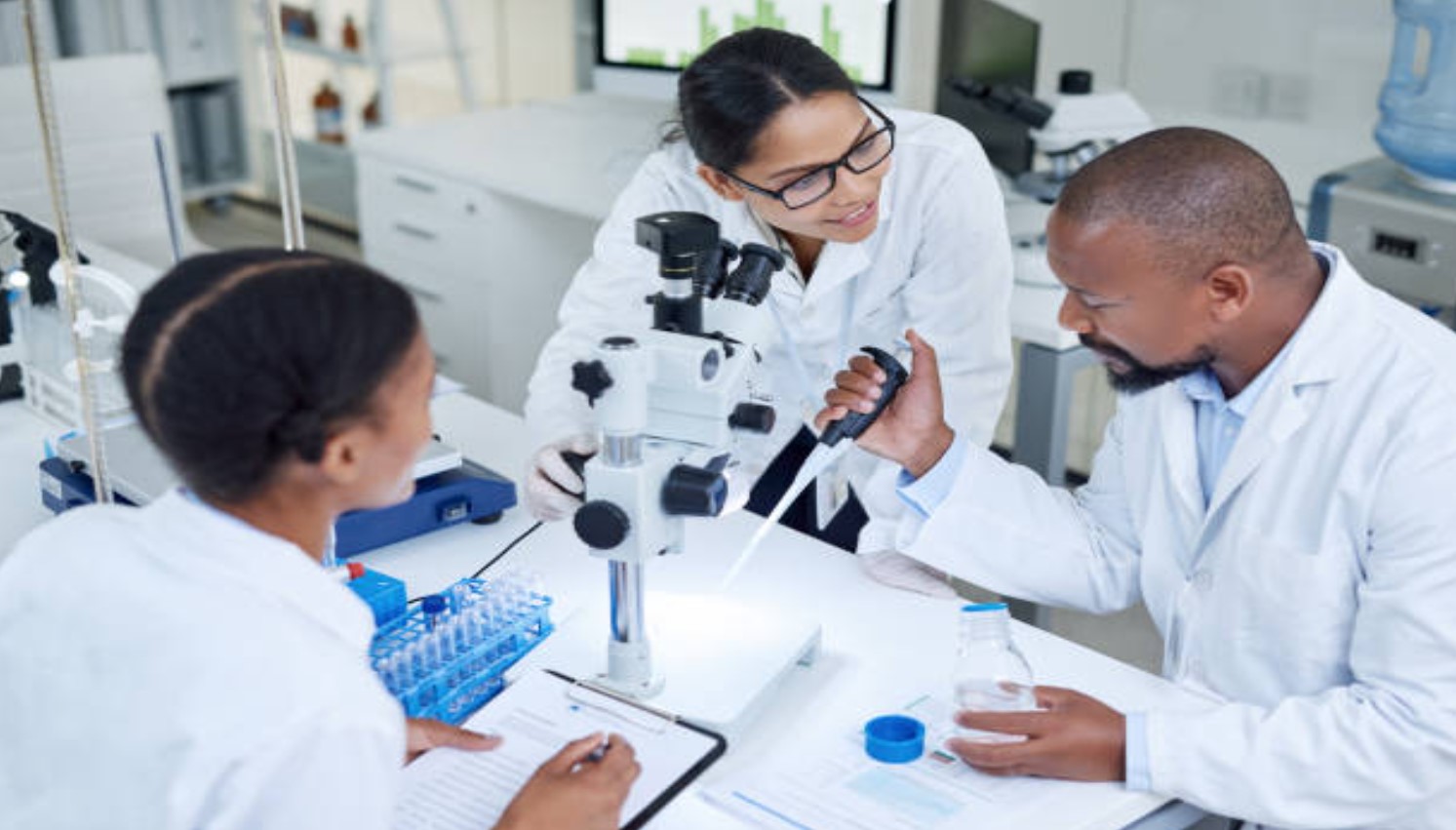
Source: iStock
The theory implies that a group of isolated ancient Beringians survived the harsh conditions of Beringia for years. Jennifer Raff, an archaeologist, proposed that the Beringians might be the only ancestors, not the Native Americans, should the theory be true.
Collaboration with Native Americans Reveals Ancient Secrets
Renowned archaeologist, Ben Potter, realized the importance of the Upwards Sun River and aimed to uncover its secrets. Although he knew that gaining access to the burial grounds would not be easy, through a collaborative effort, he was able to dig up the area while respecting their traditions and beliefs.
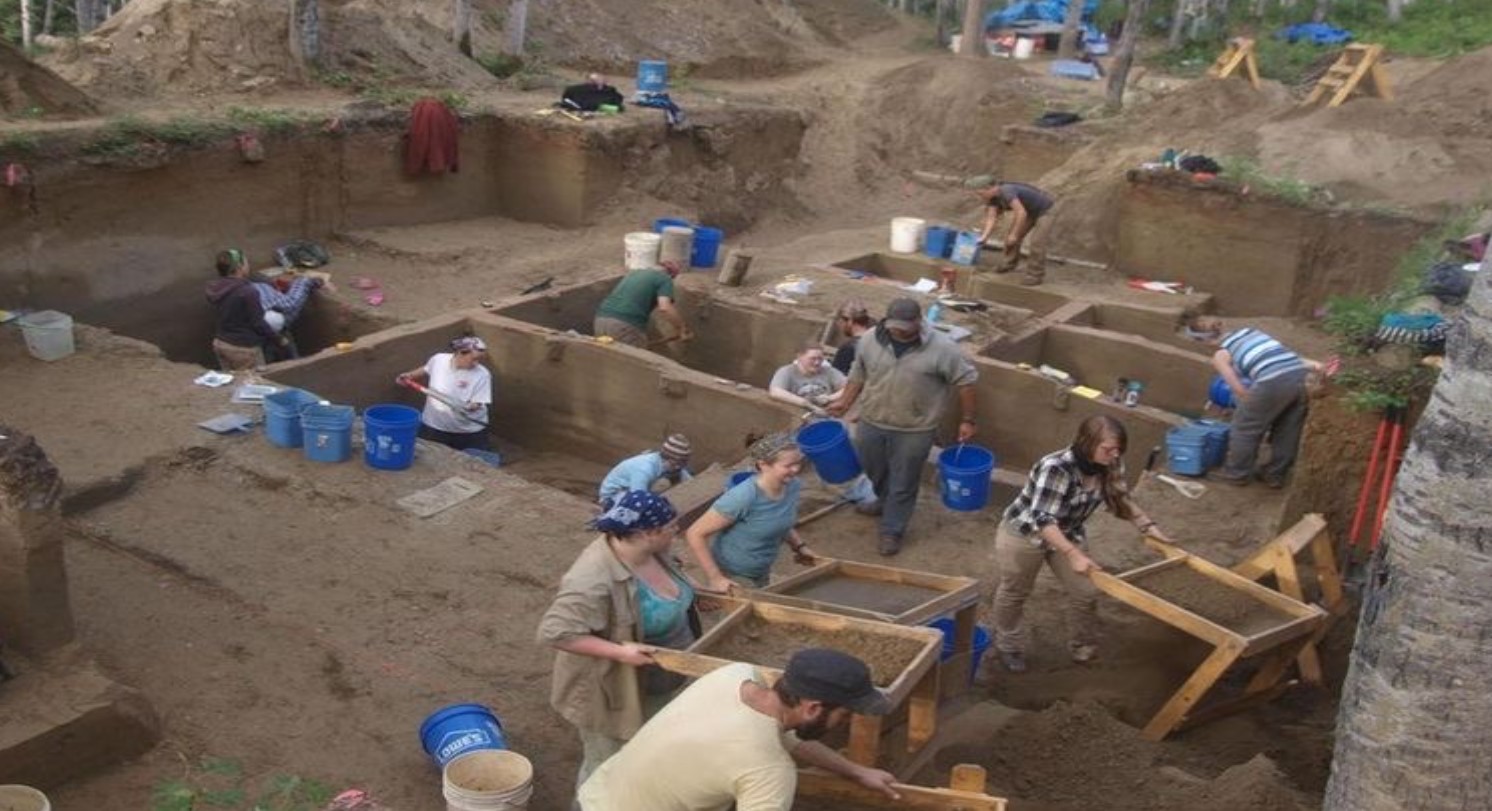
Source: Judy Thompson/ Pinterest
The collaboration was worthwhile, as Potter and his team dug up ancient relics, including the remains of two infants married over 11,000 years ago.
The First Discovery: A Three-Year-Old Infant
In 2010, Ben Potter and his team, who are all from the University of Alaska, made a progressive discovery: the cremated remains of a three-year-old infant.

Source: Microgen Images/ Getty Images
The discovery was exceptionally rare – not least because it was estimated to be 11,500 years old. Sadly, the remains were in poor condition. For that reason, scientists could not extract any DNA or determine gender.
Despite the Failure, Ben Never Gave Up
In the archeological world, persistence is key. That is exactly what Potter and his team demonstrated. Despite the limited success, Ben Potter and his team, including Lasse Vinner and Jose Victor Moreno Mayar, persisted to dig up that same area for an additional eight years.
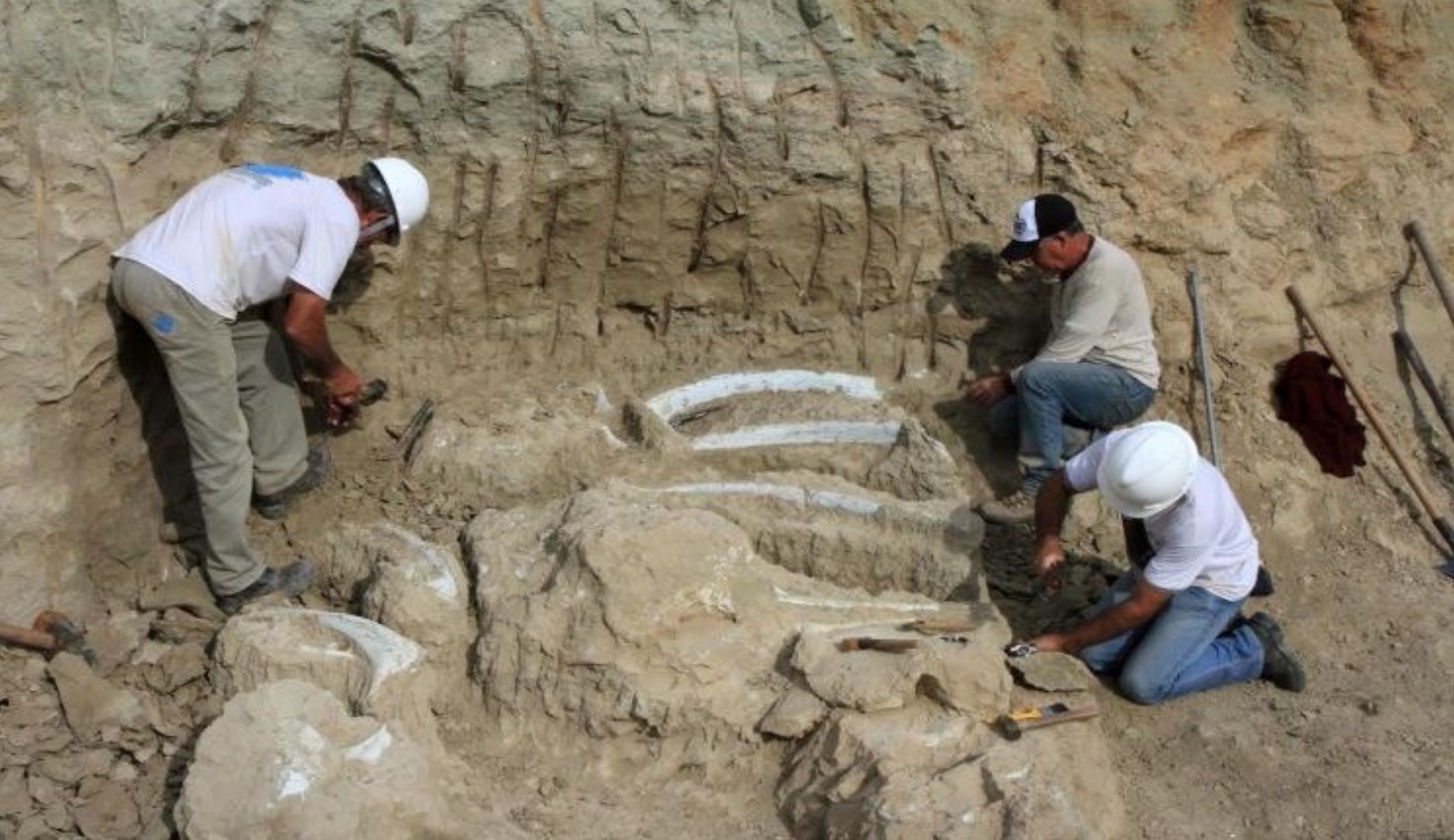
Source: Estado de Minas/ Pinterest
Their perseverance paid off when after eight years, they dug up a burial ground that was around 15,000 years ago in an area of Alaska.
A Heartbreaking Discovery: The Skeletons of the Two Infants
The discovery was a meaningful occasion, as it shed light on the lives of the early occupants of Alaska. There, Ben Potter and his team discovered two infant skeletons.
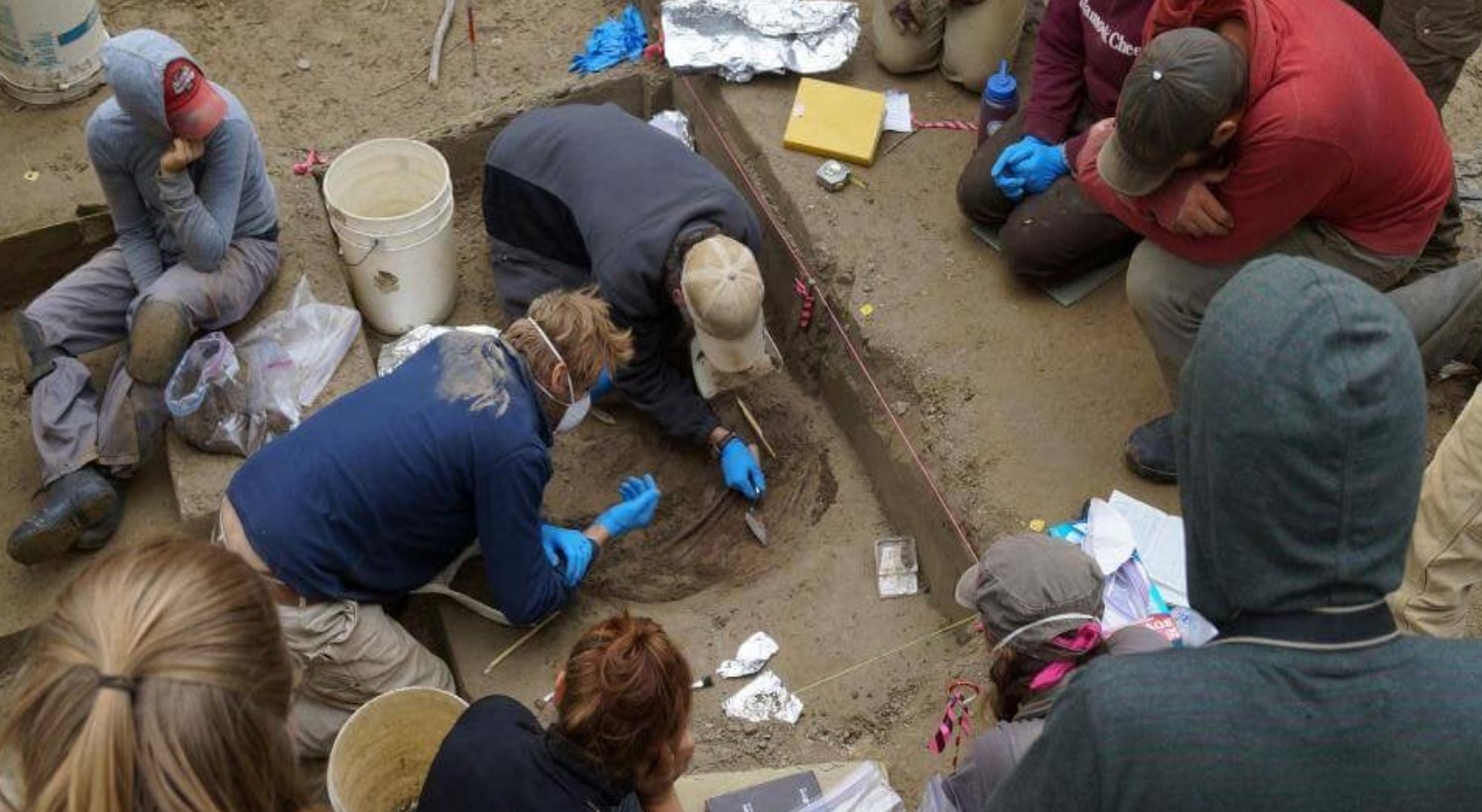
Source: PracticeMakesPraxis/ Reddit
One of the skeletons appeared to be stillborn, while the other was between six and 12 weeks old. Like the three-year-old, the two skeletons looked like they had been cremated, as their remains rested on a fire pit. Luckily, these remains were more preserved and easier to identify.
The Burial Ground Was Well-Preserved
The two infants were buried with great care beneath multiple items and covered in red ochre. The ochre, probably part of the funeral process, further preserved the skeletons.

Source: Capchure/ Getty Images
However, the most striking thing about the discovery is the high-acidity mixture of soil and sand in which they were buried. One could tell that those who buried them loved them dearly and wanted to ensure their remains were preserved.
Who Were the Infants?
Through DNA testing, scientists found out that the infants were girls and were both related, perhaps first cousins. One of the babies, which was stillborn, died at 30 weeks old, having never got the chance to breathe. The other lived for only a few months before passing away.
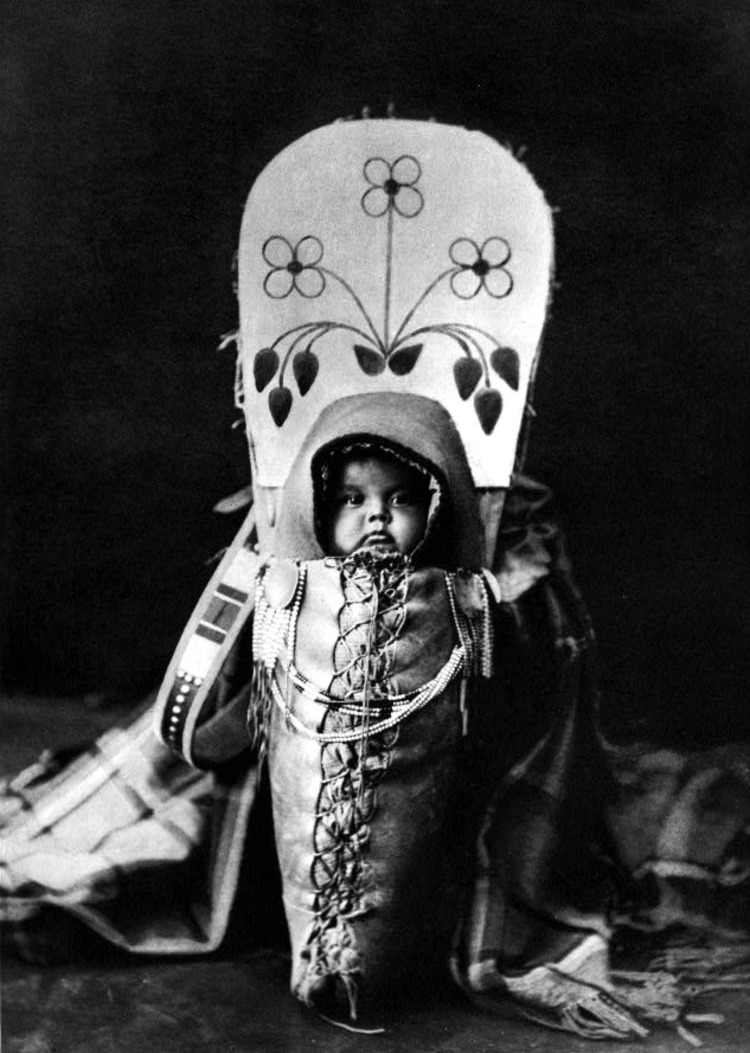
Source: Wikipedia
The local Native community named the girls Xach’itee’aanenh T’eede Gaay” (Sunrise Female-Child) and “Yełkaanenh T’eede Gaay” (Dawn Twilight Female-Child), a reminder of the fragile but sweet life moments.
Beyond the Babies: The Grave Holds Clues to Ancient Alaskan Traditions
The archaeologists discovered a range of items in the grace, including spear points, antlers, and many more. This suggests that the mourners placed grand importance on the burial.
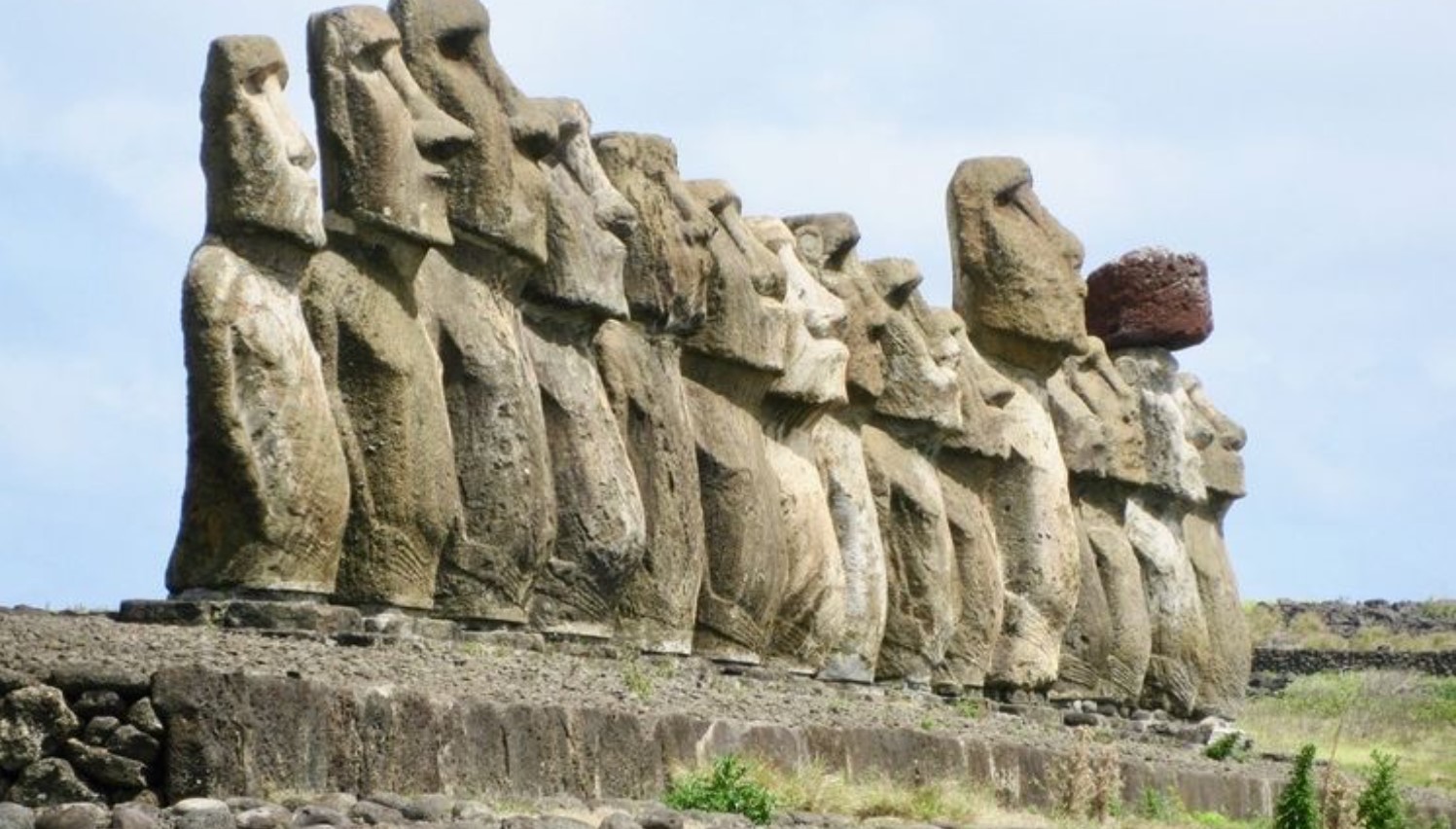
Source: ZME Science/ Pinterest
Although both girls were buried together, Sunrise Girl appeared to be well-preserved. Also, her remains provided the basis for most of the DNA analysis. This detail provides us with a peek into recent technology and the importance placed on upholding the legacy of loved ones.
Digging into the Fascinating Science of the Mitochondria
You might have asked yourself what the researchers were studying. As you may know, studying ancient DNA is a process that requires a keen eye for detail.
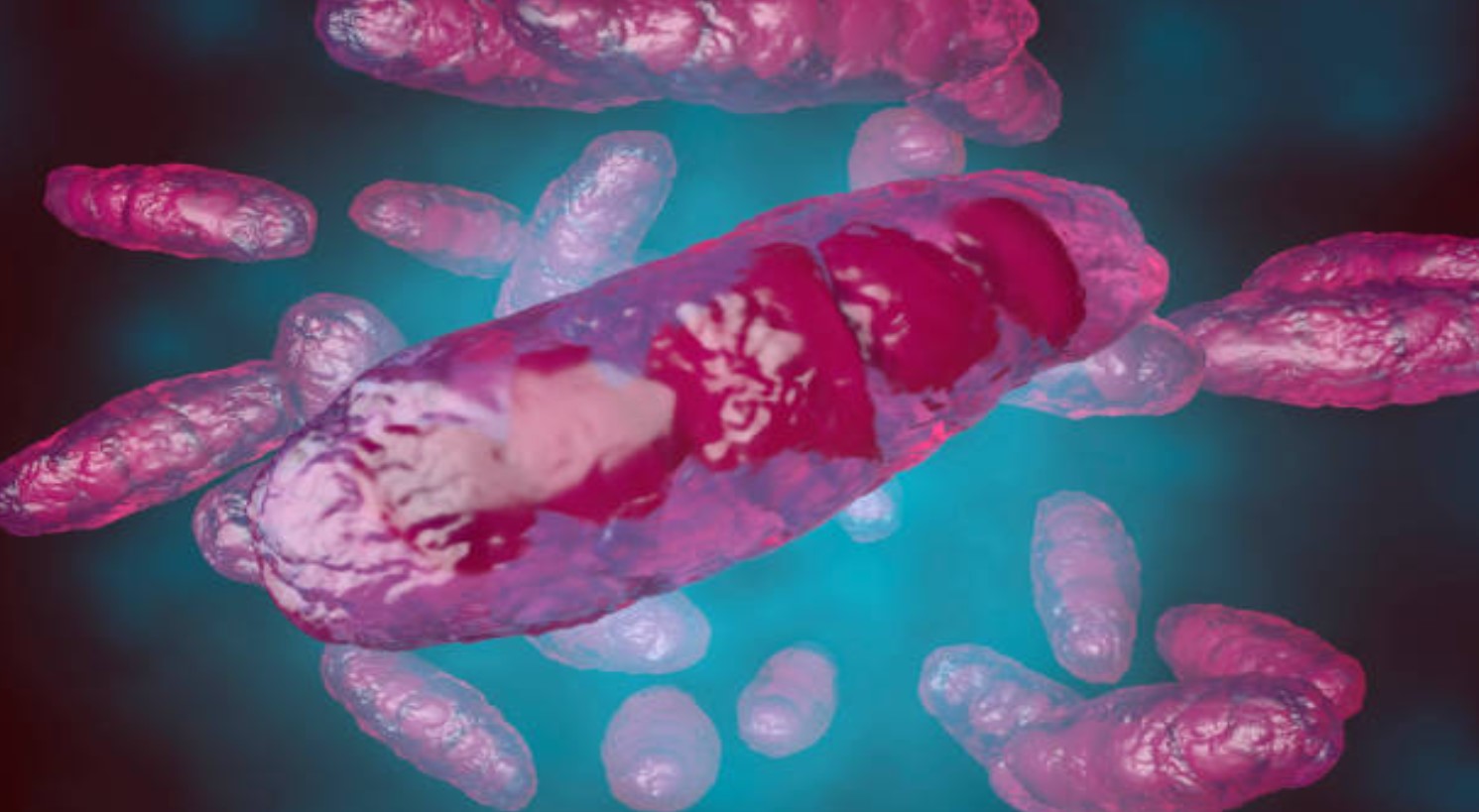
Source: Westend61/ Getty Images
To study the DNA, the scientists decided to look into the mitochondria. Despite the hard DNA process, they were able to extract enough DNA. Also, they gained more insights into the girls’ lives. So, the next time you hear the name mitochondria, remember that it is not just the cell’s powerhouse but also a view into your ancient history.
The DNA Dilemma: Researchers Could Not Study the Three-Year-Old
More often than not, old bones do not have live cells. The three-year-old’s bones were too weak and decomposed.
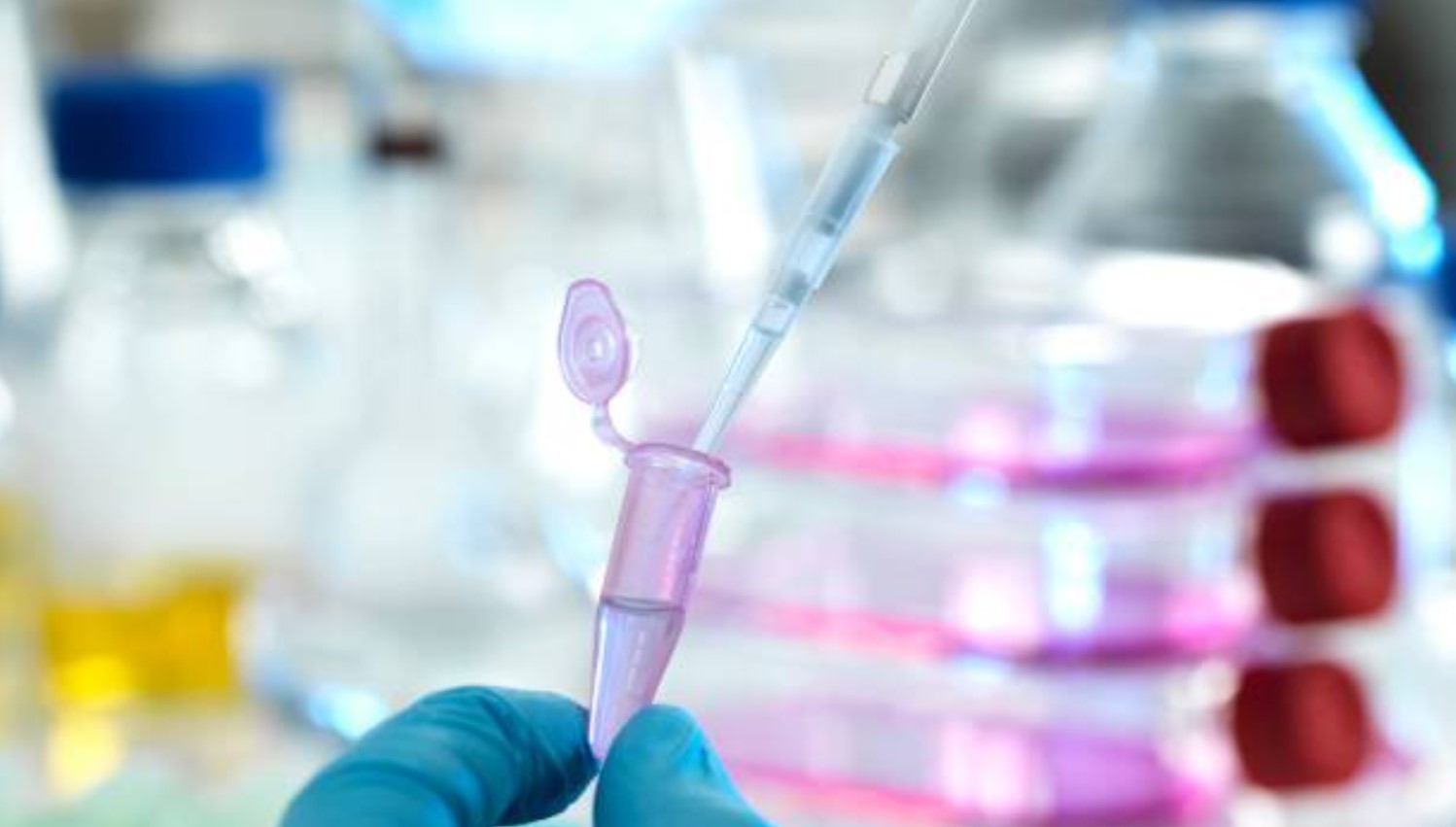
Source: Tek Image/ Getty Images
However, with the bonus of the two infants, the researchers were in luck. This discovery emphasizes how the most skilled researchers can face setbacks when working on ancient remains. But, with persistence and a bit of luck, they can uncover invaluable insights into our shared past.
DNA Test Unveils an Unknown Population of Native Americans
The first DNA tests (conducted at the University of Alaska) uncovered the race of Xach’itee’aanenh T’eede Gaay, Sunrise Girl.
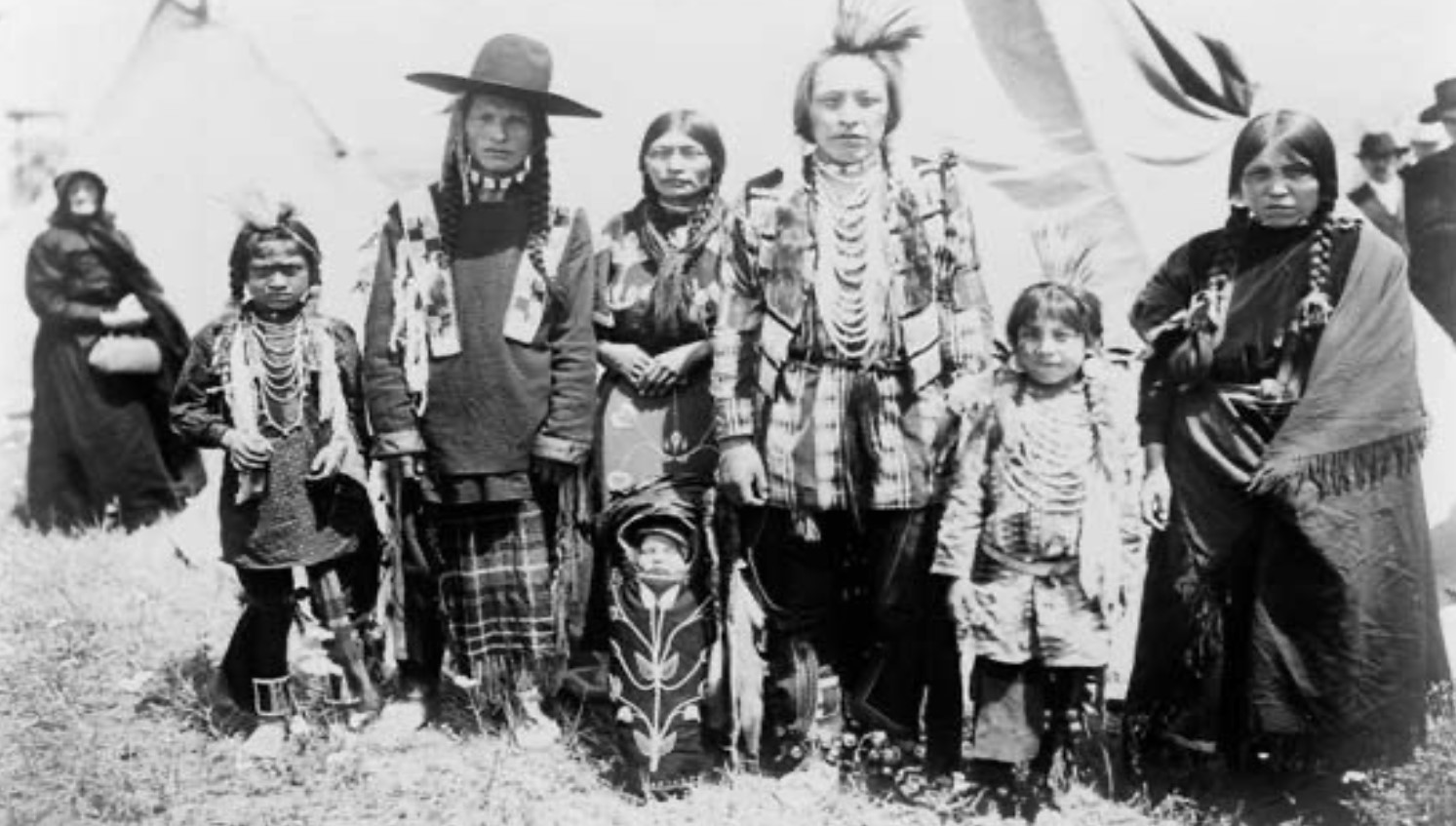
Source: Britannica/ Pinterest
Based on the results, she was closely connected to Native Americans, but in a different way. Researchers and scientists assume her DNA is way older than other previously tested remains. In other words, she is a previously unfamiliar genetic population of Native Americans.
Discovery of USR1: A New Ancient Human
A new DNA, known as the USR1, dates back at least 20,000 years. Also, it is believed to be as old as 34,000 years.
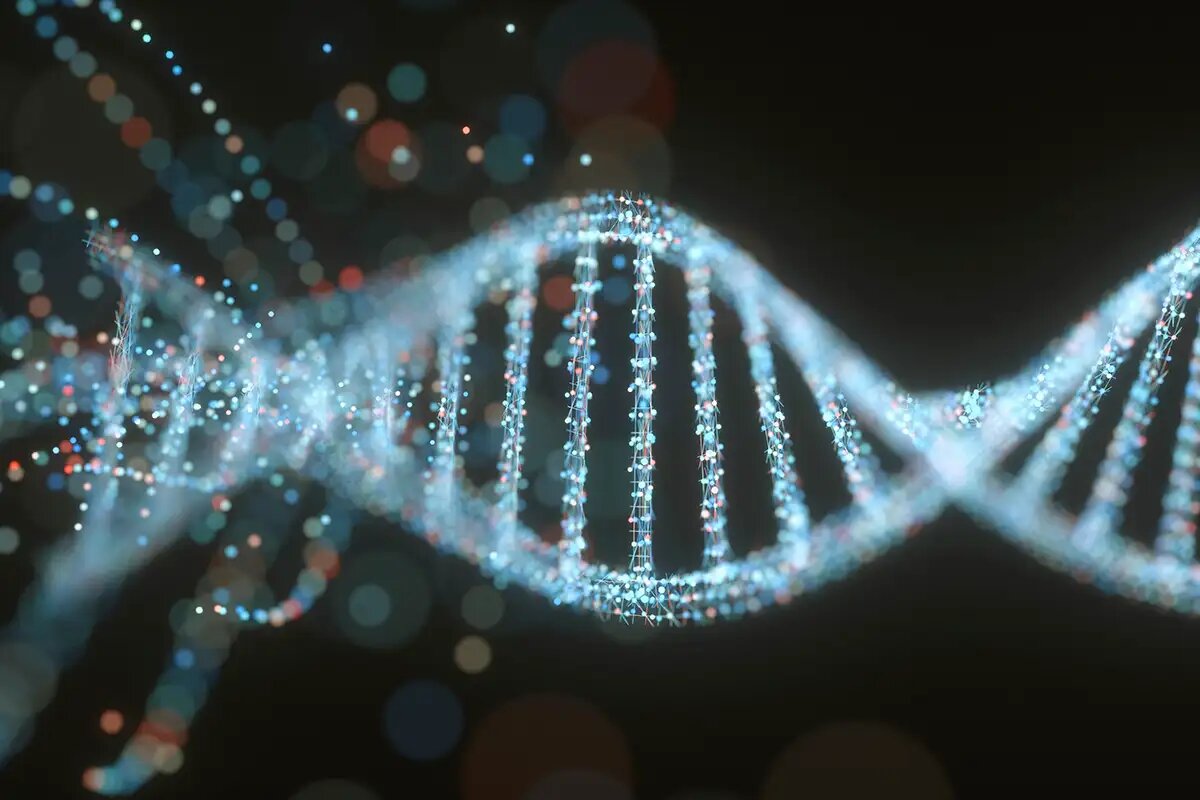
Source: Alamy
Eske Willerslev, a co-author of the study and professor at the University of Copenhagen, cited the importance of this discovery. It changes our understanding of the timing of events that formed the genetics of Native Americans,” Eske told CNN Health.
They Might be Ancient Beringians
Sunrise Girl’s DNA lends belief to the Beringian standstill hypothesis. Scientists think her DNA closely matches the Ancient Beringians, population experts had only theorized about beforehand.
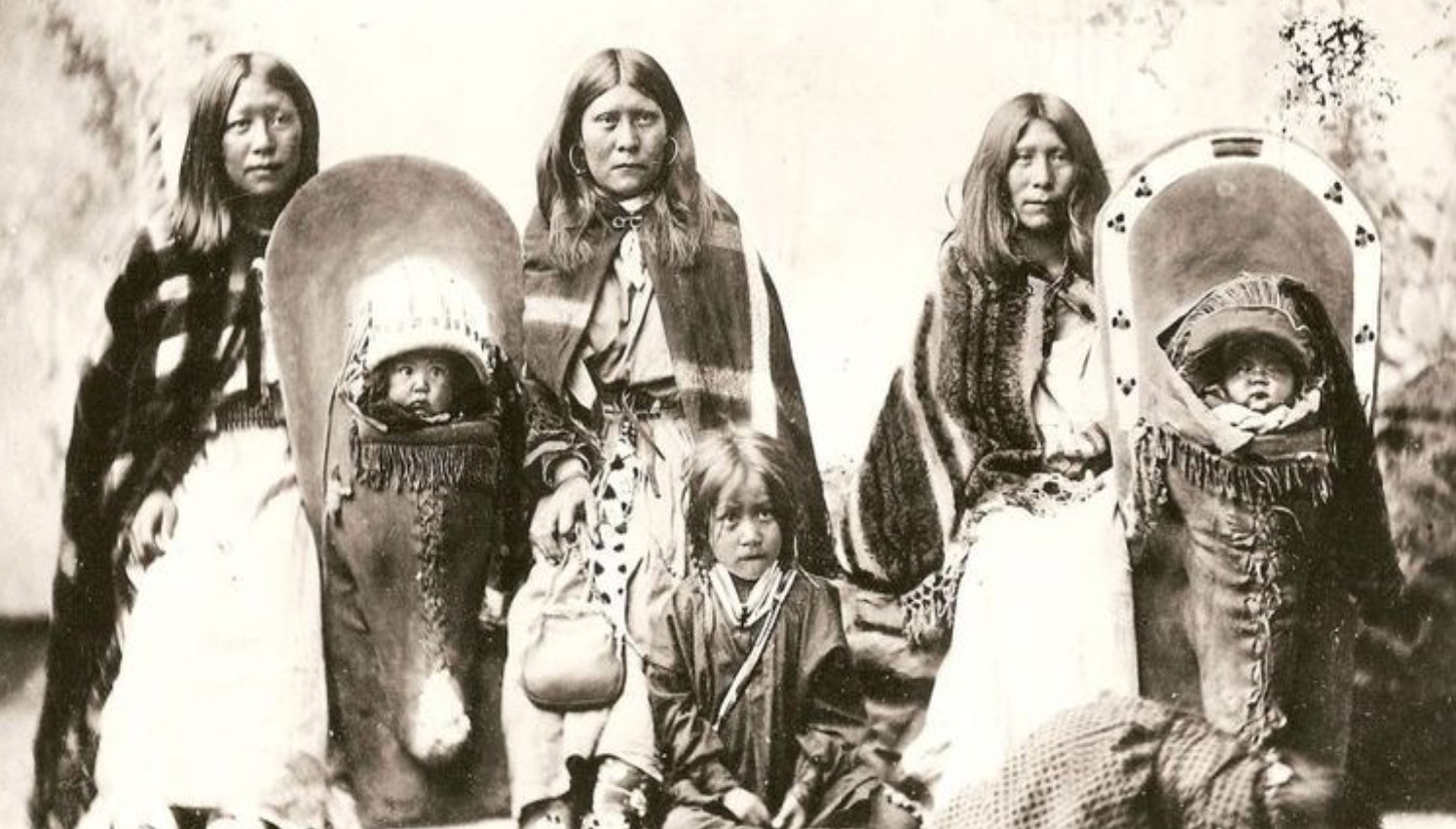
Source: Kevin Waters/ Pinterest
Victor Moreno Mayaer, one of Ben Potter’s associates, suggested an explanation for this pattern. According to him, he concluded that the pattern was one with the least movement. He also noted that the Native Americans were somewhere in Beringia 20,000 years ago.
A Surprise Discovery: The Two Girls Had Different DNA
The scientists were drawn back after they realized that the two infants had different maternal lineages. The first DNA analysis performed on Sunrise Girl showed that she was a previously unknown genetic population of USR1.

Source: Pinterest
They expected the second infant, Dawn Twilight Girl, to have similar DNA. Interestingly, she didn’t. The girls had an entirely different maternal lineage.
Scientists Say There Were Two Branches of Native Americans
Geneticists have identified two branches of Native Americans: Northern and Southern. The Northern group is believed to have migrated from East Asia and probably inhabited North America, including Alaska and Canada.
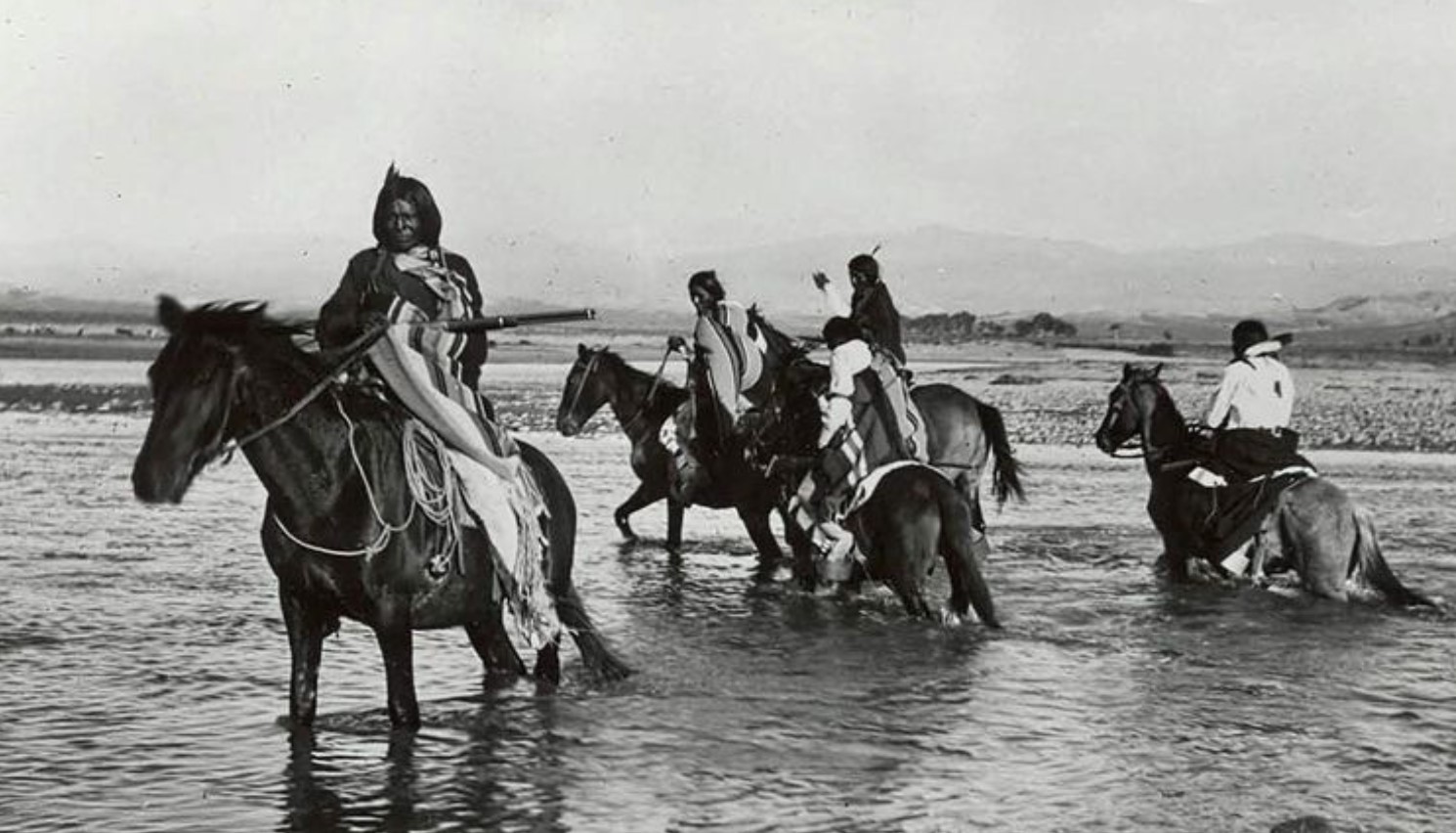
Source: Melissa Bumstead/ Pinterest
The Southern group is believed to have migrated to South America after the split. Although both groups descended from the Ancient Beringians, the separation caused their DNA variations.
Two Infant Graves, Two Different Ethnicities
In simpler terms, the DNA of both girls discovered in Alaska revealed that they belonged to different races. Sunrise Girl belonged to the Ancient Beringians, while Dawn Twilight Girl was more connected to the Northern Native Americans.
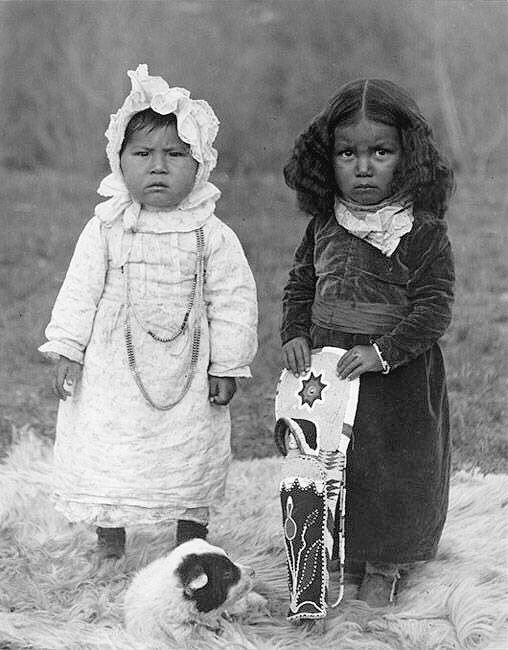
Source: Twitter
Weird, right? This begs the question: How did the girls end up in the same place at the same time?
Sunrise Girl Belonged to Another Mysterious Third Group
Sunrise Girl’s DNA confused researchers, as it did not belong to either of the previously known groups. Rather, it suggested the likelihood of at least three distinct groups, if not more, within the Ancient Beringians.
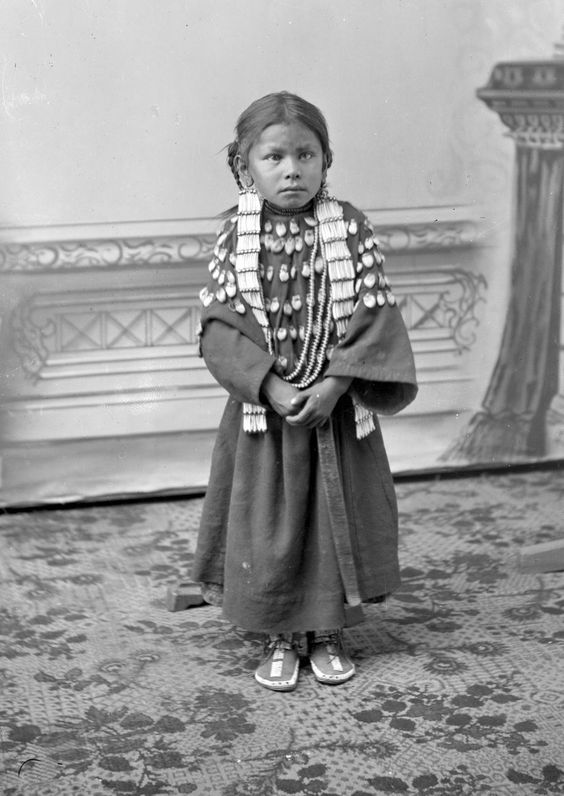
Source: thebigkelu/ Tumblr
With demographic modeling, scientists calculated that Native Americans left East Asia 36,000 years ago, and since 20,000 years ago, this group split. So, if they split, why were these two buried together? Still mysterious.
Archaeologists Propose Theses on the Infants Who Were Buried
In the study, archaeologists proposed two cases of how the two were buried together despite belonging to different groups.
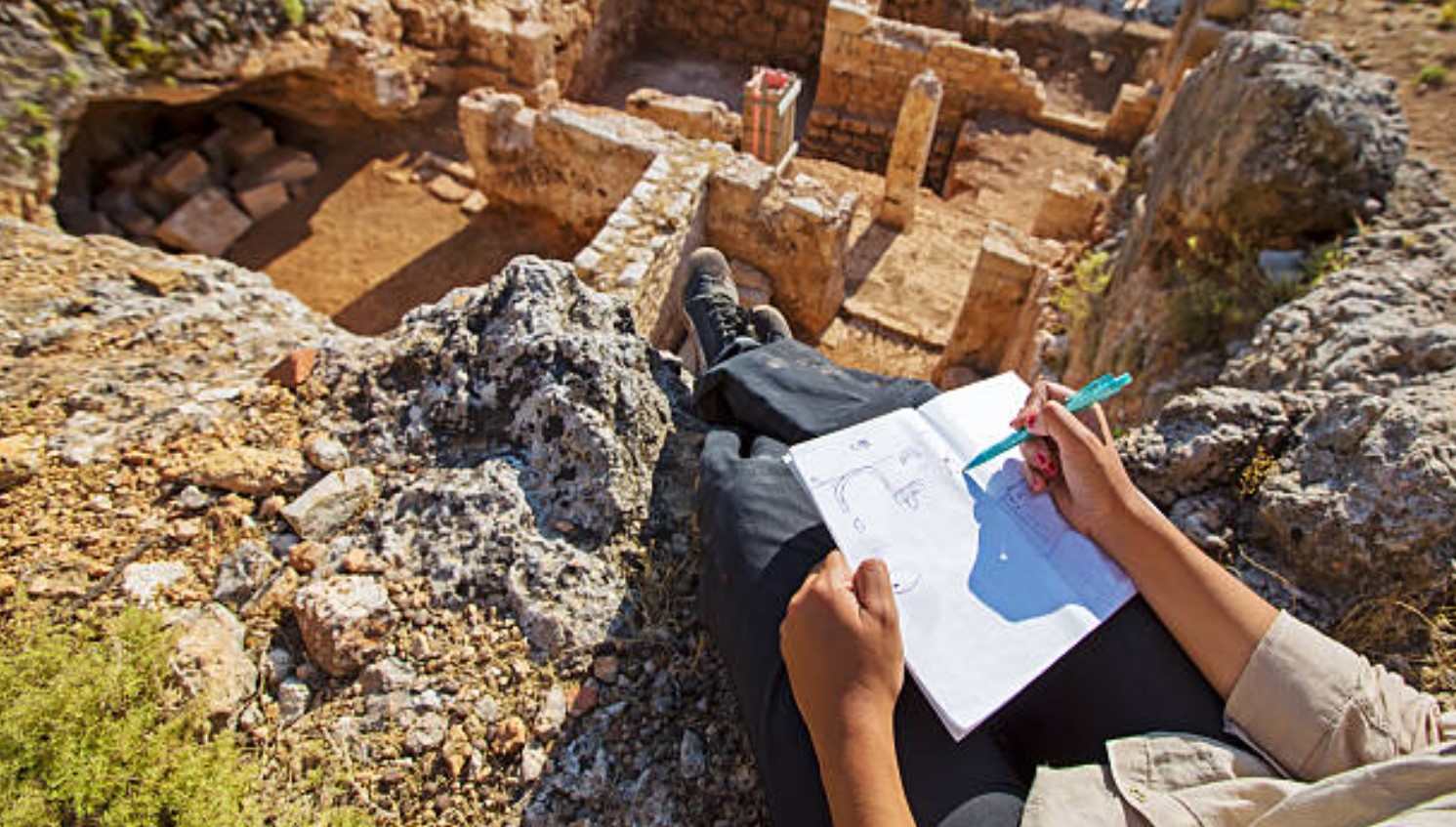
Source: Haykirdi/ Istock
They hypothesized that the Beringians might have split before crossing the bridge but reunited later. Or that they divided after crossing the land bridge. Ben Potter is partial to the latter theory.
Ben Potter Proposed a New Theory
Potter came up with a new theory about how the remains of two infants of different races ended up in the same grave. During an interview with The Atlantic, he suggested that both groups independently crossed Beringia at separate times. Perhaps, they traveled on different routes.

Source: Kindel Media/ Pexels
Although this theory may seem a bit far-fetched, there is supportive evidence.
Support for Ben Potter's Theory
In 2017, archaeologists explored the Bluefish Caves in Canada’s Yukon Territory. They found evidence of human-cut markings that were 24,000 years old.
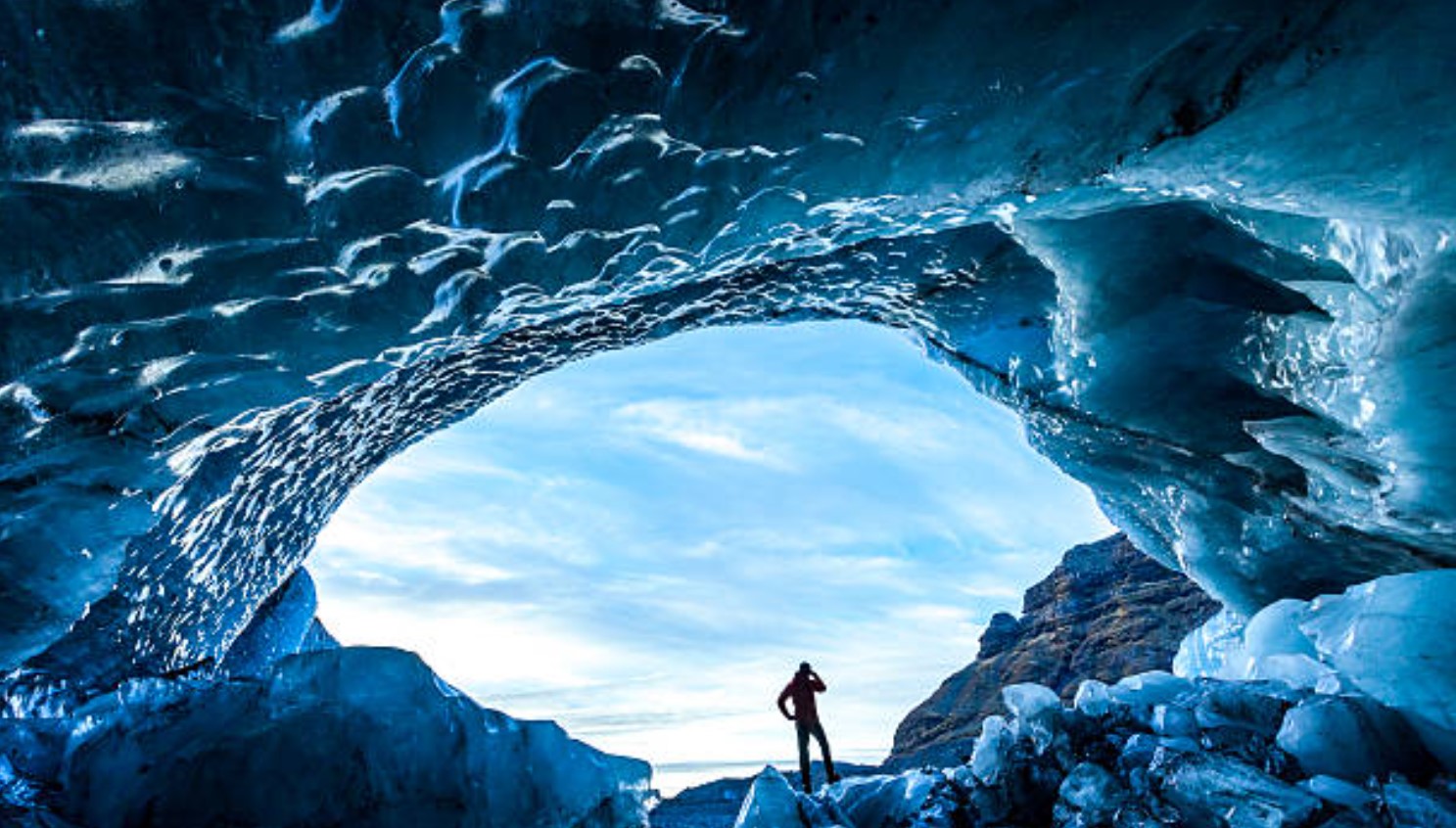
Source: Peter Adams/ Getty Images
Jennifer Raff believed the evidence as it supports the theory that humans crossed Beringia to North America much earlier than previously thought. The evidence also gives credibility to the theory that the two groups related to the infants might have crossed at different times and paths.
Answering the Many Questions
While the discovery of the girls proved many hypotheses, it also left researchers with more questions than answers. What happened to Beringians? How did they arrive in Siberia?
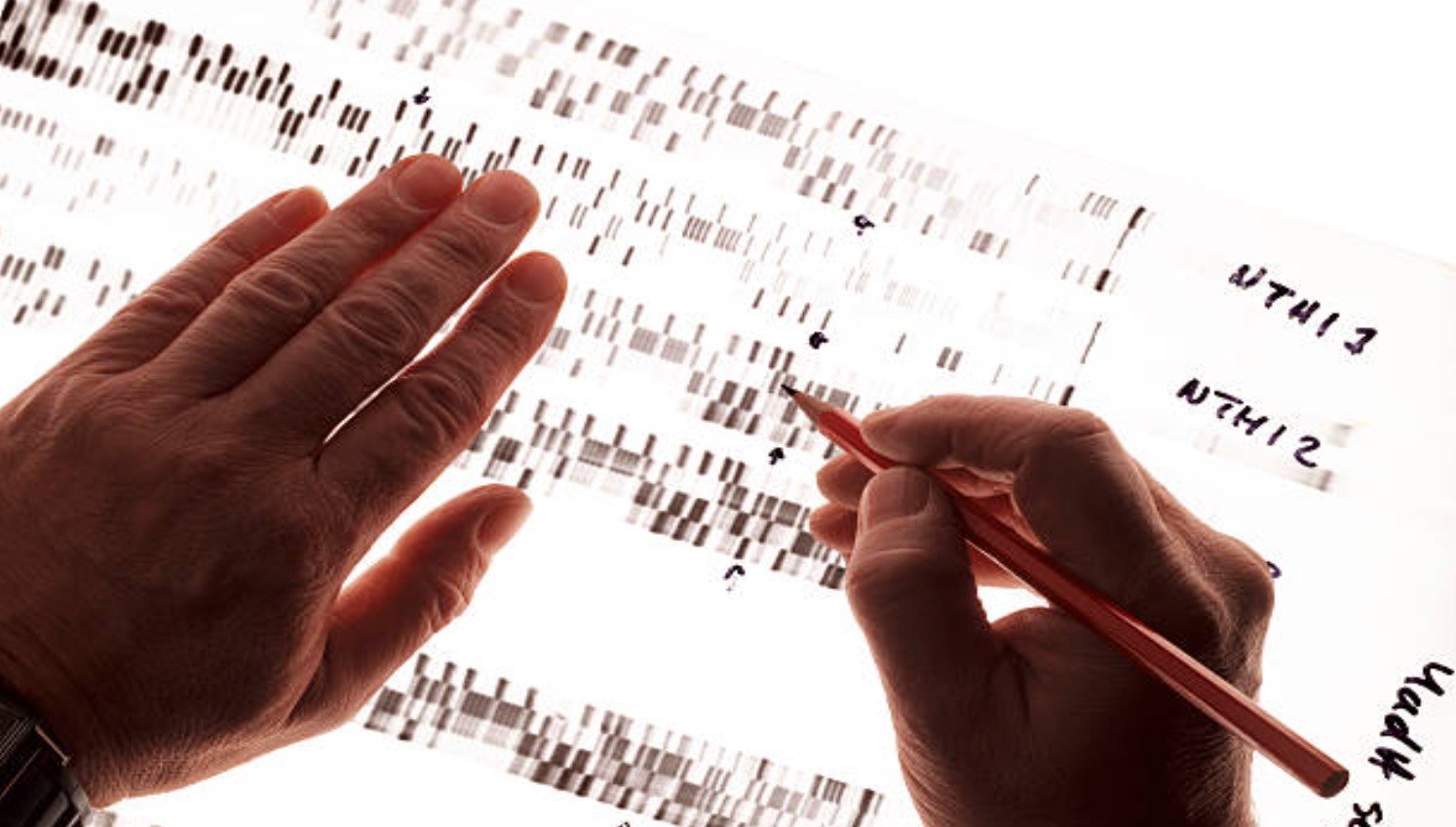
Source: Peter Dazeley/ Getty Images
Although Potter has put forward a theory, there is still no agreement among experts. This means it is unlikely that these questions will be answered soon, leaving the mysteries unsolved.
The Arguments Against Ben Potter's Theses
The main argument against Ben’s thesis is that his evidence is based on a single finding, and more samples are needed to study the entire human population.

Source: Micheal Blann/ Getty Images
In his recent interview, Dennis O’Rourke, a geneticist and archaeologist, stated that multiple genomes would provide a greater understanding of the extent of diversity in the early Beringian population.
The Elusive Beringian Genome
The discovery of the 11,500-year-old Beringian infants sheds more light on early Americas history. As Ben Potter and co-researcher Eske Willerslev note, the findings are quite rare.
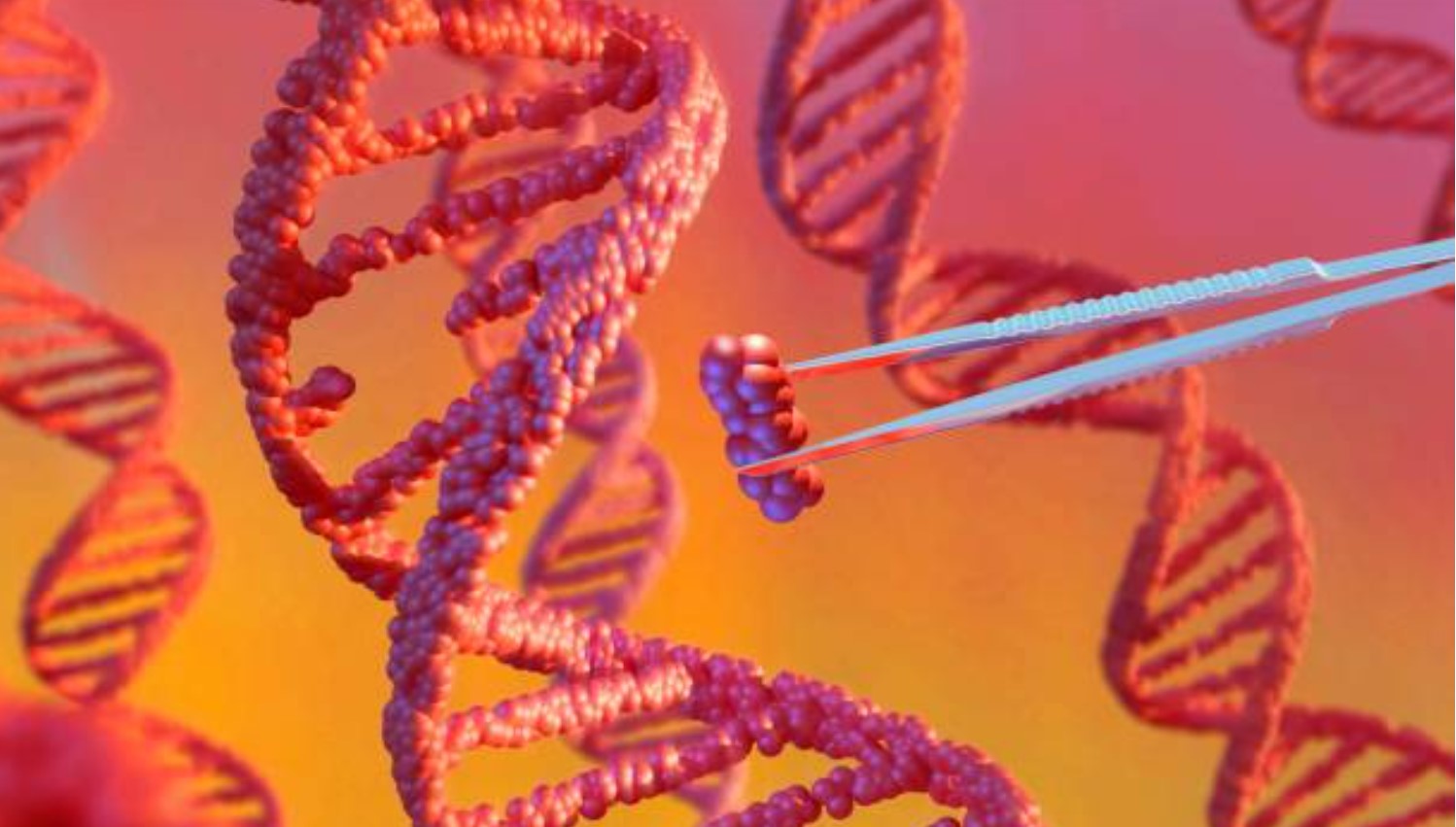
Source: Mark Galik/ Getty Images
Without more samples, nobody will know the origin of the Beringians, leaving the mystery unsolved.
Upward River Is Young for Early Humans
Brian T. Wygal, an archaeologist, claims that the Upward River’s burial grounds are way younger to understand the ancient humans.
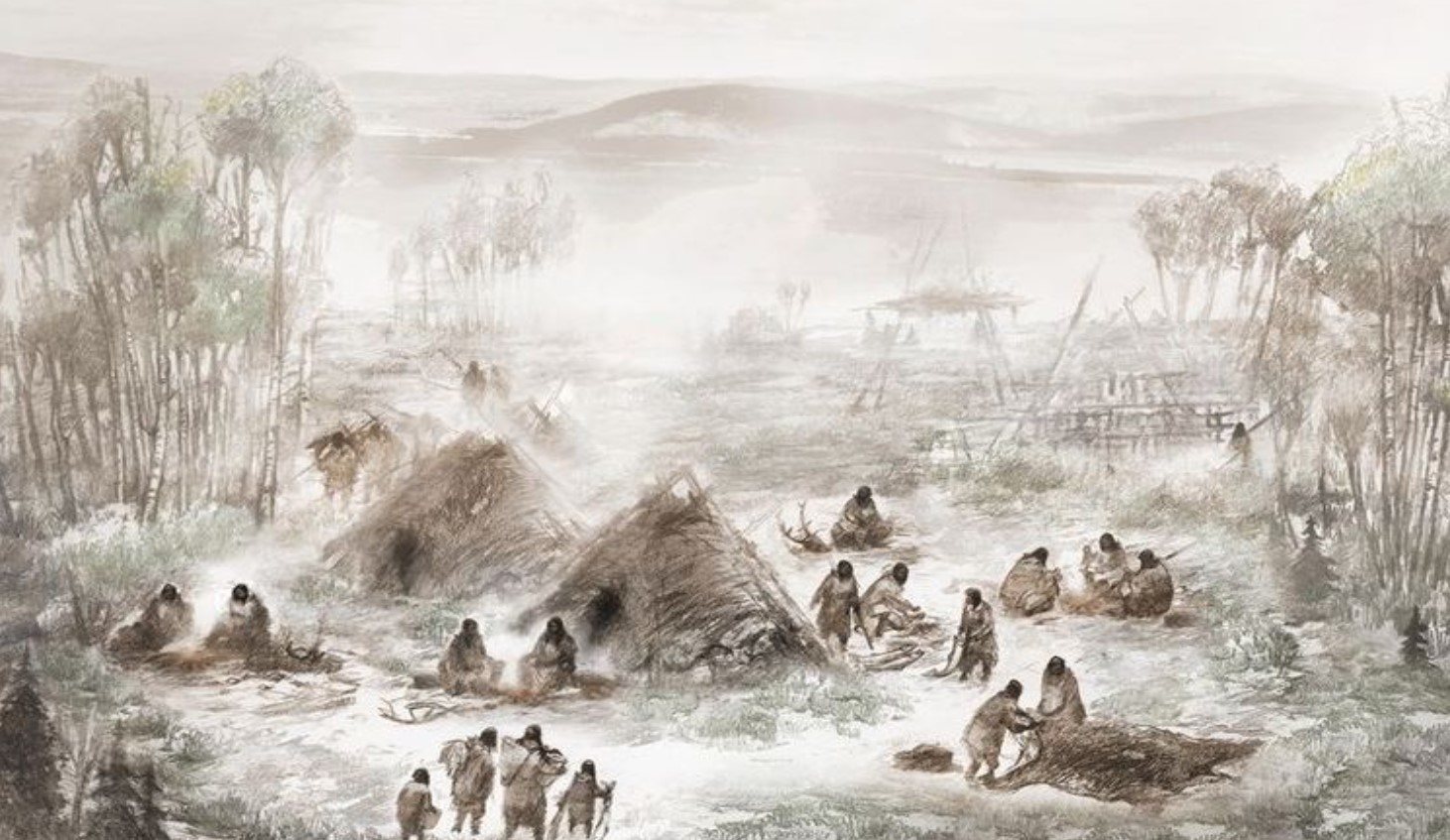
Source: Smithsonian/ Pinterest
According to Brian, the earliest proven trace of human activity in eastern Beringia dates to roughly 14.1 thousand years ago. This makes the Upward Sun River site almost 3,000 years too young to be an envoy for the initial human colonization of the New World.
What Happened to the Beringians?
Many have asked what happened to the Beringians after Potter’s study was released in the scientific journal Nature.

Source: Alamy
“We don’t know,” Potter told CNN. However, Potter plans to take DNA samples from neighboring citizens. Since scientists can tell what the Beringia DNA looks like, they can determine the existence of the gene in Natives.
The Fascinating Link Between Beringians and Modern Populations
As we delve deeper into Beringian history, an unprecedented link arises between its first residents and modern-day Native Americans. Ben Potter suggested that the Beringian gene may have embodied the indigenous peoples of Alaska, which is a natural evolution process.
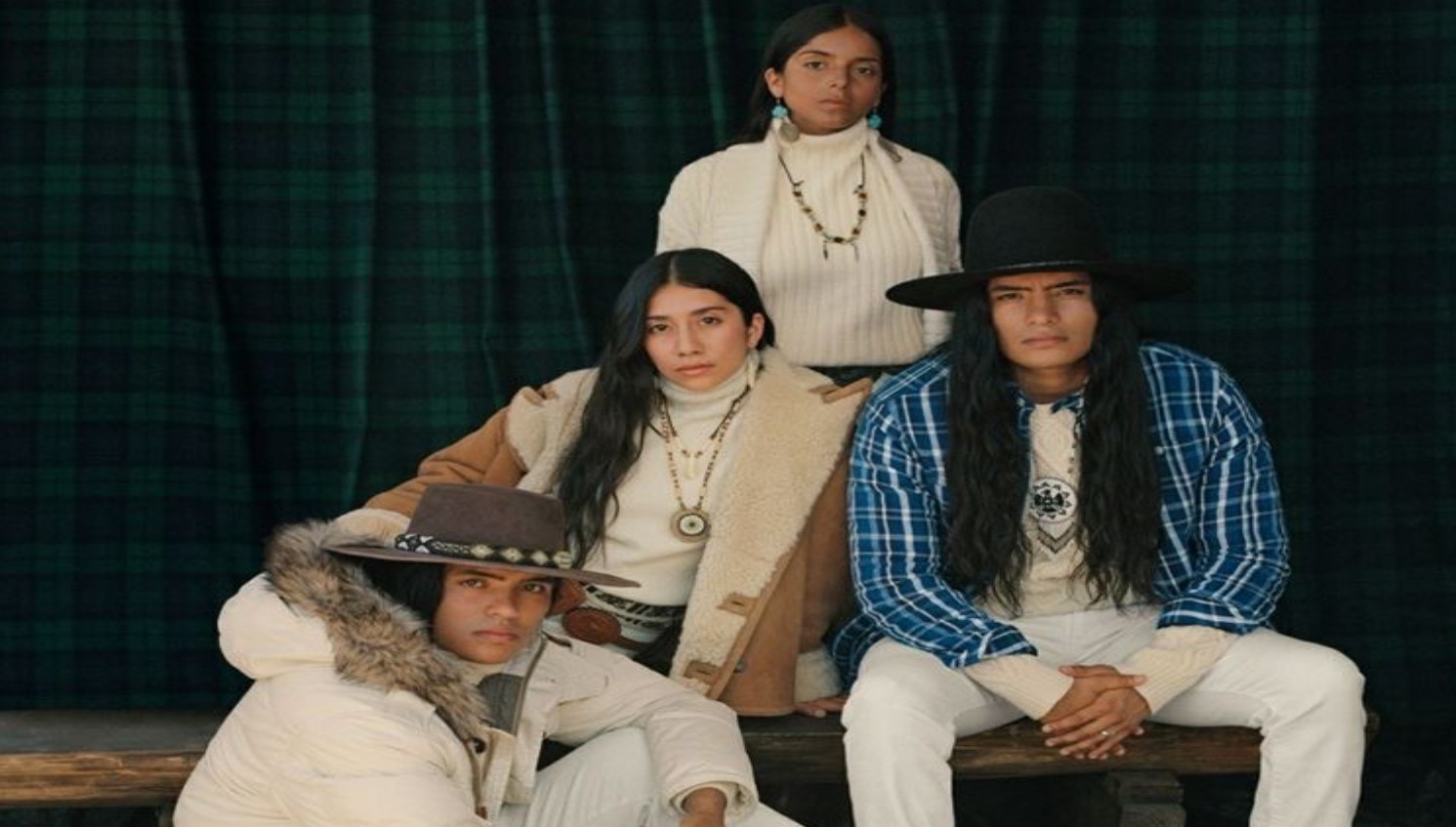
Source: Tiffannie Willis/ Pinterest
Ben further stated that the incoming Athabaskan ancestors may have absorbed or replaced the Ancient Beringians, who were once inhabitants of that region. If this is true, many people might have Beringian blood and not even know it.
